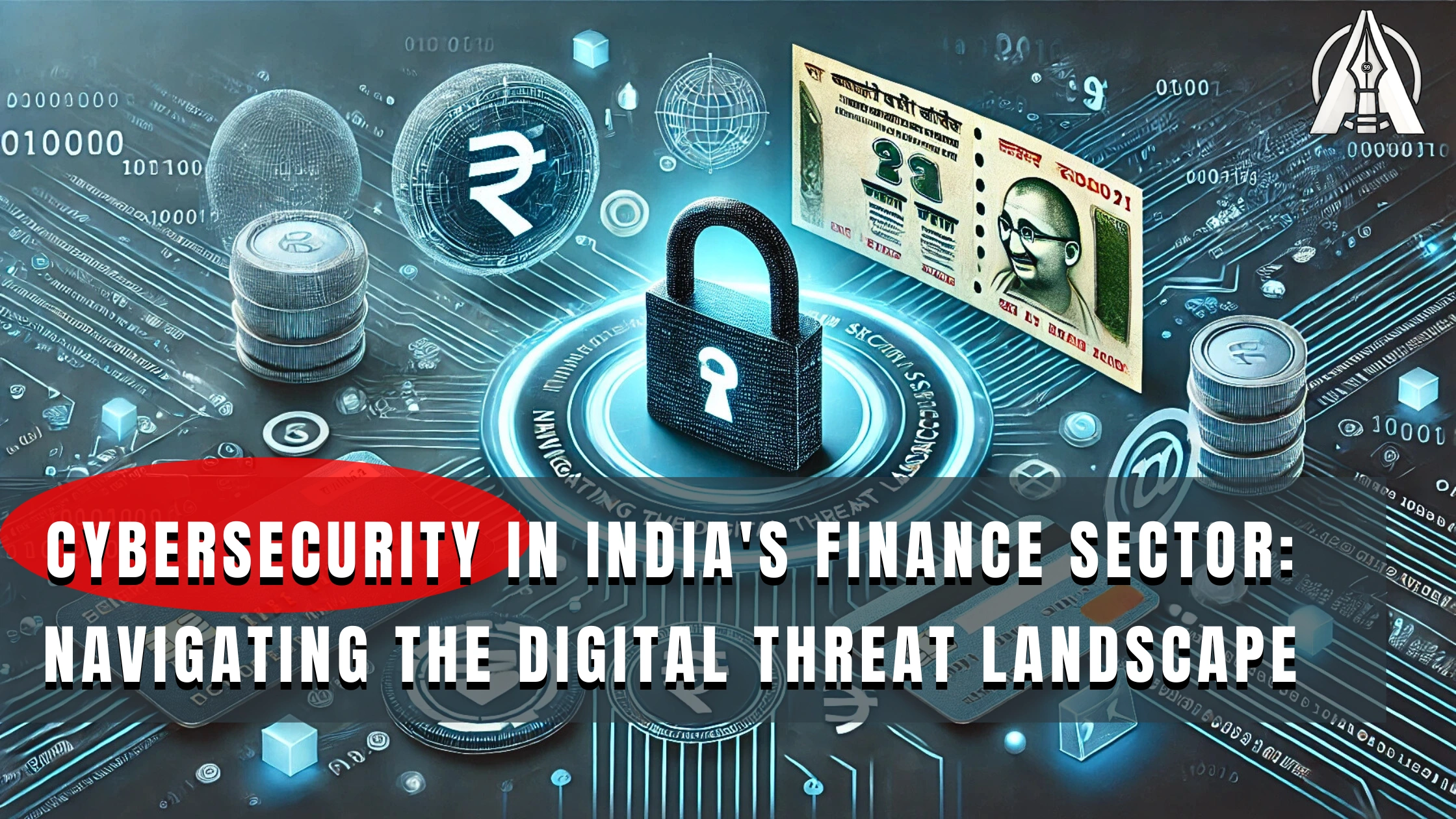
Cybersecurity risks in India’s finance sector are a major issue now. Have a look at how banks and businesses navigate digital threats to protect money and data.
Introduction
India’s financial sector is undergoing a massive digital transformation, with UPI, mobile banking, and fintech startups leading the charge. However, with this rapid shift to digital transactions comes an alarming rise in cyber threats. From phishing scams to ransomware attacks, cybercriminals are targeting both individuals and financial institutions. This blog explores the growing cybersecurity challenges in India’s financial sector and the measures needed to safeguard digital assets.
The Rise of Cybersecurity Threats in Indian Finance:
The digital payments ecosystem in India is one of the fastest-growing in the world. The convenience of UPI transactions, internet banking, and mobile wallets has made financial transactions seamless. However, this growth has also led to an increase in cyber fraud cases, causing concerns for regulators, banks, and consumers alike.
Key Cybersecurity Challenges in India’s Financial Sector:
Phishing & Social Engineering Attacks
Cybercriminals use deceptive emails, SMS, and phone calls to trick users into revealing sensitive banking details.
Ransomware & Malware Attacks
Malicious software infiltrates financial systems, locking users out until a ransom is paid. Such attacks have targeted banks and financial institutions worldwide.
Data Breaches & Identity Theft
Hackers steal customer data from banks and fintech companies, leading to massive financial and reputational losses.
Weak Cyber Hygiene Practices
Many small financial institutions and users lack adequate security measures like two-factor authentication (2FA) and strong password management.
RBI & Government Initiatives for Cybersecurity
To tackle rising cyber threats, the Reserve Bank of India (RBI) and the Government of India have introduced several measures:
RBI’s Cyber Security Framework for Banks: Guidelines to strengthen cybersecurity infrastructure in banking.
Data Protection Bill: Aims to protect consumer data from unauthorized access.
CERT-In (Indian Computer Emergency Response Team) : Monitors and responds to cyber threats in financial services.
Digital Banking Security Awareness Campaigns : Educating users on safe banking practices.
- How Can Users Protect Themselves from Cybersecurity Fraud?
1. Enable Two-Factor Authentication (2FA)
Always use 2FA for banking apps and payment wallets.
2. Beware of Phishing Scams
Never share OTPs, banking passwords, or PINs over phone calls or messages.
3. Use Strong Passwords & Secure Devices
Avoid using the same password for multiple accounts and update them regularly.
4. Regularly Monitor Bank Statements
Check transaction alerts and statements to detect unauthorized activity.
The Future of Cybersecurity in India’s Finance Sector
With the increasing adoption of AI in cybersecurity, blockchain-based transactions, and real-time fraud detection systems, India is taking steps to mitigate cyber risks. However, continued awareness, regulatory measures, and cutting-edge security solutions are essential to protect India’s digital economy.
Conclusion
As India moves towards a cashless economy, cybersecurity must remain a top priority. Whether you’re an individual or a business, staying informed about cyber threats in banking and adopting best practices can safeguard your financial assets. Banks, fintech companies, and regulators must collaborate to build a secure digital financial ecosystem for the future.
Blog submitted by Sandip Bhattacharya, Cybersecurity Engineer, deloitte
For more updates on finance and fintech trends, stay tuned to Articolinews.com.
